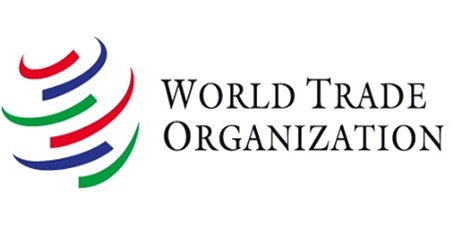The World Trade Report for 2013 issued by the World Trade Organization (WTO) emphasizes that the development of world trade will be determined by a number of economic policies and social trends including shifts in patterns of production and consumption, technological innovation and demographic change. The report emphasizes the importance of trade for economic development. There are problems associated with this issue, for example the pressure to introduce protectionist measures for short term gains even though in the longer term these are detrimental to trade. Another problem is that the benefits of trade are unevenly distributed. More work is required to ensure that these benefits are widely distributed in vibrant global trading conditions.
The report looks at the role of technological innovation in driving change. Not only the continuing communications and transport revolutions will affect trade in the future but also innovative technologies such as 3D printing.
As the increase in cross-border trade and investment brings more countries into the international trading system to a greater extent there are also challenges form a rising population. The greater populations with more disposable income represent a challenge for global resources and a need for improved resource management. The resulting environmental issues also represent a challenge.
The international economic and political institutions will continue to have a role in fostering greater international cooperation. Countries must work together to overcome challenges to the trading system. Not only tariff reduction but non-tariff measures will become prominent, for example the need to align regulatory regulations in different countries. By running simulations the WTO has found that if the global trading environment is dynamic and open the developing countries can increase exports and GDP growth two or three times as quickly as the developed countries. If however the international trading environment is not so dynamic and protectionist measures prevail, GDP of developing countries would grow at less than half that rate.
The main trends affecting global trading patterns in the future include the rise of global supply chains, the growth of trade in services, the greater frequency of non-tariff measures and, the continuing rise of the emerging economies. Many non-tariff measures may be outside the scope of the WTO but there needs to be more attention to regulatory convergence.












